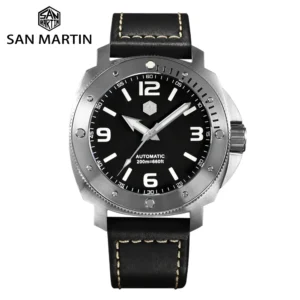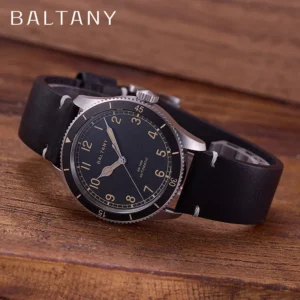Introduction: The Critical Role of Time in Aviation
In the vast blue canvas of the sky, time has always been more than just a measurement—it has been a navigator’s compass and a pilot’s lifeline. Aviation timekeeping tools represent the marriage of horological precision and aeronautical necessity, evolving from simple pocket watches to sophisticated instruments that could mean the difference between successful navigation and disaster.
From the earliest days of flight, aviators recognized that mastering time was as crucial as mastering their aircraft. What began as basic timekeeping for flight duration quickly transformed into complex systems for navigation, fuel management, and mission coordination. These specialized instruments not only reflected the technical demands of flight but also showcased the ingenuity of watchmakers who adapted their craft to meet the challenges of the skies.
The story of aviation timekeeping is one of constant innovation driven by necessity—each advancement in aircraft capability demanding greater precision and functionality from the timepieces that accompanied pilots on their journeys. This evolution mirrors the broader story of flight itself: a continuous push toward greater reliability, safety, and performance.
Even in today’s digital age, the legacy of traditional aviation timekeeping lives on, both in modern cockpit instruments and in the enduring appeal of pilot watches that trace their design heritage back to those early days when brave aviators first took to the skies. The relationship between pilot watches and aviation history remains one of the most fascinating chapters in the story of human flight.
The Dawn of Aeronautical Timekeeping (Pre-1910s)
The earliest chapters of aviation history reveal a simple truth: the first pilots flew with whatever timepieces they had. In those pioneering days, pocket watches—already common gentlemen’s accessories—were the primary tools used to time flights, which rarely lasted more than a few minutes. These early aviators simply needed to know how long they had been airborne.
As flights grew longer and more ambitious, the limitations of pocket watches became apparent. They were difficult to access while controlling an aircraft, and reading them required a free hand—something early pilots could rarely spare. The need for accessible timekeeping led to the first dashboard-mounted clocks, sometimes called “Time of Trip” indicators, which allowed pilots to monitor flight duration without releasing the controls.
The watershed moment came in 1904 when Louis Cartier designed a wristwatch for his friend Alberto Santos-Dumont, a Brazilian aviation pioneer who complained about the impracticality of checking a pocket watch while flying. This square-faced wristwatch, worn secured to the wrist rather than tucked in a pocket, represented the first purpose-built timepiece for aviation use, setting the stage for a century of specialized aeronautical timekeeping instruments.
The dawn of aviation timekeeping established the foundation upon which all future developments would build: that in the air, time was not merely about knowing the hour—it was about safety, navigation, and the successful completion of flights that grew increasingly complex with each passing year.
From Pocket to Wrist: The First Purpose-Built Pilot’s Watches
The transition from pocket watches to wristwatches represented more than a simple change in how timepieces were carried—it was a fundamental shift driven by the unique demands of early flight. In the open cockpits of early aircraft, retrieving a pocket watch from a vest pocket while managing flight controls was not merely inconvenient but potentially dangerous.
The Cartier Santos watch, created specifically for Alberto Santos-Dumont, addressed these practical challenges with several innovations. Its square case offered improved legibility, while the secure wrist placement allowed for quick glances without releasing the controls. Perhaps most importantly, it established the concept that aviators needed specialized timepieces designed around their operational requirements.
These early aviation watches incorporated features that would define the category for decades: high-contrast dials for instant readability, secure straps that wouldn’t slip during maneuvers, and robust construction to withstand the vibrations and temperature fluctuations of early flight. The evolution from cockpit to icon had begun, setting the stage for the rapid advancements that would come with the pressures of wartime aviation.
Aviation Timekeeping During World War I (1914-1918)
World War I transformed aviation from an exciting frontier to a critical military technology—and with this shift came new demands for precision timing. The timing needs of military pilots went far beyond knowing the hour; they needed to coordinate attacks, time bombing runs, navigate accurately, and manage fuel for safe returns to base. Suddenly, seconds could determine the success of a mission or the survival of a crew.
The military requirements drove rapid innovation in aviation watch design. Manufacturers began producing timepieces specifically for combat pilots, featuring oversized numerals and hands coated with radium-based luminous paint for nighttime legibility. Oversized crowns appeared, designed to be operated while wearing thick flight gloves in unheated cockpits. Cases were strengthened to withstand the extreme vibrations of early military aircraft engines.
These wartime advances established many of the design characteristics we still associate with pilot watches today: exceptional legibility, robust construction, and practical features that prioritized function over form. The history of field watches in military use shows how combat needs drove watchmaking innovation, but nowhere was this more evident than in the specialized timepieces developed for aviators during this first global air war.
The Birth of Aviation Chronographs
Among the most significant developments during World War I was the adaptation of the chronograph—a timepiece with stopwatch functionality—for aviation use. While chronographs had existed before, their application to military flying operations represented a new chapter in precision timekeeping.
Pilots used these early aviation chronographs for multiple critical functions: timing bombing runs with unprecedented accuracy, calculating ground speed by timing the passage between landmarks, and measuring engine performance intervals. The ability to time intervals precisely while continuing to track the time of day proved invaluable for mission coordination.
Early aviation chronographs featured prominent pushers for starting, stopping, and resetting the timing function, along with subdials that displayed elapsed minutes and sometimes hours. These watches needed to be operated while wearing gloves and often in turbulent conditions, driving designs with tactile, easy-to-use controls.
The comprehensive guide to chronograph use in aviation details how these specialized timers became indispensable tools, establishing a tradition of chronograph functionality that would remain central to aviation timekeeping for decades to come.
The Golden Age of Flight: Interwar Aviation Timekeeping (1920s-1930s)
The period between the World Wars witnessed the transformation of aviation from a primarily military endeavor to a commercial industry and a realm of record-breaking exploration. Long-distance flights across continents and oceans created new challenges for navigation and timing, driving innovation in aviation timekeeping tools.
This era saw the maturation of cockpit instrumentation, with more sophisticated panel-mounted chronometers becoming standard equipment on commercial aircraft. These instruments allowed for precise time synchronization across flight crews and ground stations—essential for the growing network of scheduled air services.
For pilots like Charles Lindbergh and Amelia Earhart, accurate timing was inseparable from successful navigation. Their record-setting flights drove the development of ever more precise and functional wristwatches designed specifically for aviators. Watch companies competed to create timepieces that could withstand the rigors of long-distance flight while providing the precise timing needed for celestial navigation.
The distinctive aesthetic of aviation watches that emerged during this period—with their high contrast dials, generous luminous markings, and precision movements—reflected both their practical purpose and the glamour associated with the watches worn by aviation pioneers. These timepieces became symbols of adventure and technological progress during aviation’s romantic age.
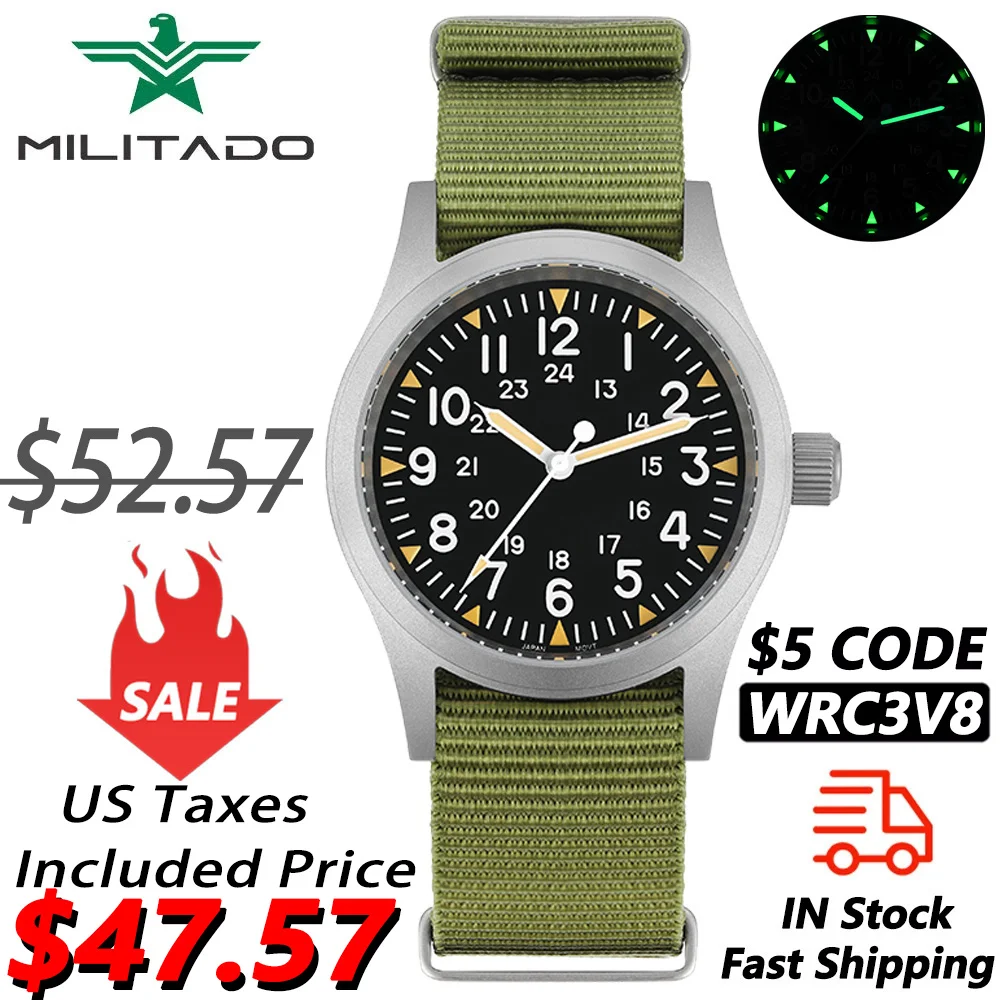
Navigation Timepieces and the Challenge of Long-Distance Flight
As flights stretched across oceans and continents, navigation became increasingly dependent on precise timekeeping. Celestial navigation—using the positions of stars and the sun to determine location—required chronometers of exceptional accuracy. Even a small error in time could translate to miles of position error, potentially disastrous for transoceanic flights.
Aviation-specific chronometers developed during this period featured vibration-resistant mountings, temperature compensation, and accuracy that rivaled marine chronometers that had been refined over centuries of seafaring. These instruments allowed pilots to determine longitude through celestial observations, a technique adapted from maritime navigation.
For flights crossing multiple time zones, new complications emerged in pilot watches. The first rudimentary dual-time displays appeared, allowing aviators to track both local time and the time at their point of origin or destination. These early versions of what would later become GMT pilot watches were essential tools for flight planning and radio communication scheduling.
The navigation challenges of long-distance flight pushed watchmakers to create timepieces of unprecedented precision and functionality, establishing standards of accuracy that would become even more crucial during the coming global conflict.
World War II: When Seconds Determined Survival (1939-1945)
The Second World War brought aviation to unprecedented scale and complexity, with air operations that required split-second timing and perfect coordination. Formation flying, precision bombing, and coordinated attacks all depended on synchronized timepieces. For military pilots, accurate timing wasn’t merely about efficiency—it was about survival.
Military specifications for aviation watches became rigorous and standardized across air forces. The German Luftwaffe commissioned the now-legendary B-Uhr (observer watch) designs, while American forces relied on the A-11 specification watches produced by several manufacturers. These timepieces featured hacking seconds (the ability to stop the seconds hand for precise synchronization), highly legible dials with radium luminescence, and robust anti-magnetic cases to protect against interference from aircraft instruments.
Mass production techniques developed during the war allowed for unprecedented quality control in watchmaking, ensuring that thousands of pilots received timepieces of consistent reliability. These watches needed to perform flawlessly in the extreme conditions of high-altitude bombing runs, where temperatures plunged far below freezing and oxygen was scarce.
The legacy of these military-inspired automatic watches continues today, with their design language establishing a template that would influence pilot watches for generations to come.
The Definitive Military Pilot Watch Designs
The demands of World War II combat flying produced several watch designs that would become iconic templates for aviation timepieces. The German B-Uhr featured an oversized 55mm case, distinctive triangle marker at 12 o’clock for instant orientation, and an extra-long strap designed to be worn over flight jackets. The American A-11 established the paradigm of the black dial with white numerals and hands for maximum contrast.
These designs shared common features driven by battlefield requirements: exceptional legibility under all conditions, robust construction to withstand combat conditions, and precise movements that maintained accuracy despite the stresses of aerial warfare. The triangle or arrow marker pointing to 12 o’clock—now a hallmark of many classic pilot watches—allowed immediate dial orientation even in poor visibility conditions.
These wartime designs prioritized function over form, yet their purposeful aesthetic has proven remarkably enduring. The no-nonsense legibility, oversized crowns for operation with gloves, and high-contrast dials established design principles that continue to define aviation watches decades after their military necessity has passed.
The Jet Age Revolution in Aviation Timekeeping (1950s-1970s)
The introduction of jet aircraft fundamentally changed the nature of flight. Higher speeds, higher altitudes, and longer ranges created new challenges for aviation timekeeping. As commercial jets began routinely crossing multiple time zones, pilots needed tools to track different time zones simultaneously.
This era saw the widespread adoption of the GMT function in pilot watches, allowing aviators to track local time and Greenwich Mean Time (the aviation standard) simultaneously. The rotating 24-hour bezel emerged as a solution for tracking a third time zone—typically the destination or departure point. These features of multi-timezone pilot watches became standard equipment for commercial airline pilots traversing global routes.
Another innovation of this era was the slide rule bezel—a circular calculation tool incorporated into the watch design that allowed pilots to perform critical calculations for fuel consumption, distance, speed conversions, and other vital parameters without resorting to separate equipment. These analog “flight computers” represented the height of mechanical ingenuity before the digital revolution.
Iconic pilot watch designs emerged during this period, with manufacturers like Breitling, Omega, and others creating specialized timepieces that became the standard for professional aviators. These watches balanced traditional legibility with new complications specifically designed for jet-age flying conditions.
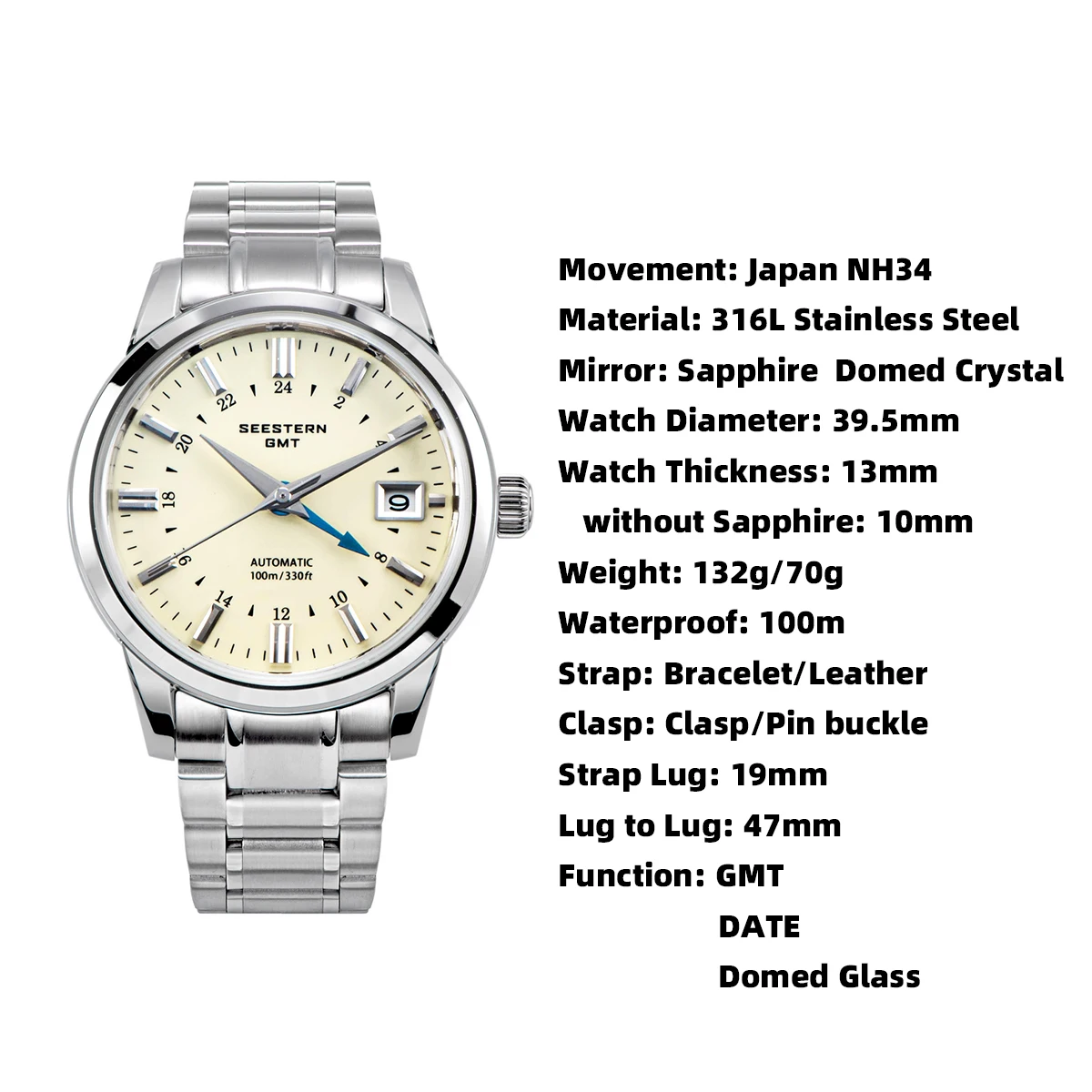
The Birth of the Modern Pilot’s Chronograph
The jet age saw the chronograph evolve from a useful aviation tool to an essential instrument for pilots. Modern pilot’s chronographs incorporated multiple scales and functions beyond simple elapsed time measurement: tachymeters for speed calculations, pulsometers for measuring heart rate during high-stress maneuvers, and telemeter scales for distance estimation.
These sophisticated chronograph pilot watches featured improved water resistance, more robust push buttons for reliable operation in all conditions, and movements engineered to maintain accuracy despite the increased vibration and G-forces experienced in jet aircraft. The subdials were redesigned for maximum legibility at a glance, with high-contrast hands and markers.
The introduction of automatic chronograph movements in the late 1960s marked a significant advancement, eliminating the need for daily winding—a practical benefit for busy professional pilots. These self-winding movements maintained power through the natural motion of the wearer’s wrist, ensuring that the watch would remain accurate and ready even after periods of inactivity.
Essential Types of Aviation Timekeeping Instruments
Aviation timekeeping tools can be broadly categorized into two main families: cockpit-mounted instruments and wearable watches. Each serves distinct but complementary purposes in the aviation environment, and both have evolved to meet the specific demands of flight operations.
Cockpit instruments represent the official time reference for the aircraft. From the early dashboard-mounted “Time of Trip” indicators to sophisticated modern chronometers integrated into glass cockpit displays, these fixed instruments provide the primary timing reference for navigation, communication, and flight operations. In multi-crew aircraft, these centrally positioned clocks ensure all crew members work from the same time reference.
Wearable pilot watches serve as personal backups and offer portability that fixed instruments cannot. They allow pilots to maintain timing awareness when away from the cockpit during pre-flight planning, when moving between aircraft, or if panel instruments fail. The diverse range of automatic pilot watches reflects the different roles and requirements aviators face, from simple three-hand models to complex multi-function chronographs.
Understanding the relationship between these different timing tools reveals how aviators built redundancy into their critical systems, ensuring that the loss of any single instrument would not compromise the safety or success of the flight.
Cockpit Clocks and Panel-Mounted Timing Instruments
Panel-mounted aviation clocks represent specialized instruments designed for permanent installation in aircraft cockpits. Early versions often featured 8-day mechanical movements, requiring winding only once per week to maintain reliable operation. These instruments typically incorporated larger dials than wristwatches for visibility across the cockpit and were engineered with robust shock mounting to withstand the vibrations inherent in aircraft operation.
Military cockpit chronographs often included additional functions beyond basic timekeeping, such as elapsed time indicators, split-second timing capabilities, and sometimes mission-specific timing functions. Their positioning in the instrument panel placed them in the pilot’s primary scan pattern, ensuring timing awareness was maintained alongside other critical flight parameters.
The transition from mechanical to electric and later digital cockpit clocks reflected broader changes in aircraft instrumentation, but the core functions remained consistent: providing precise, reliable time reference for navigation and operational coordination, often synchronized across multiple aircraft for formation and mission timing.
Specialized Pilot Wristwatches and Their Functions
The diversity of pilot wristwatches reflects the variety of specialized timing needs in different aviation roles. Long-haul commercial pilots typically favor GMT or world-time watches that display multiple time zones simultaneously, essential for flight planning across international routes and maintaining awareness of home base time for communication windows.
Military and tactical pilots often prefer chronographs with precise stopwatch functions for mission timing, navigation calculations, and tactical coordination. These watches frequently feature additional scales for specific calculations relevant to their missions, such as fuel consumption or distance measurement.
Bush pilots and those operating in extreme conditions may prioritize robust construction and exceptional legibility over complex functions, choosing simple, highly readable dials that can be instantly interpreted in challenging conditions. The evolution of pilot watch design across aviation eras demonstrates how form has consistently followed function, with each design variation addressing specific operational requirements.
Defining Features: The Anatomy of Aviation Timepieces
Aviation timepieces share distinctive characteristics that distinguish them from other watch categories, each feature carefully designed to address the specific needs of pilots. The most immediately recognizable trait is exceptional legibility—large, high-contrast numerals and hands, often coated with luminous material for nighttime visibility. This emphasis on readability at a glance reflects the operational reality that pilots rarely have the luxury of extended study of their instruments.
Oversized crowns—the winding and setting mechanisms on the side of the watch—are another hallmark feature, originally designed to be operated while wearing thick flying gloves in unheated cockpits. This practical consideration has become a signature aesthetic element of pilot watches even today.
Robust construction is universal in aviation timepieces, with reinforced cases, shock protection, and often antimagnetic shielding to protect against interference from aircraft instruments. Many feature sapphire crystals with anti-reflective coatings to eliminate glare in sunlit cockpits, and secured bezels that won’t be accidentally displaced during flight operations.
The aviation heritage behind pilot watch features reveals how each design element serves a specific purpose, reflecting the unique challenges of timekeeping at altitude.
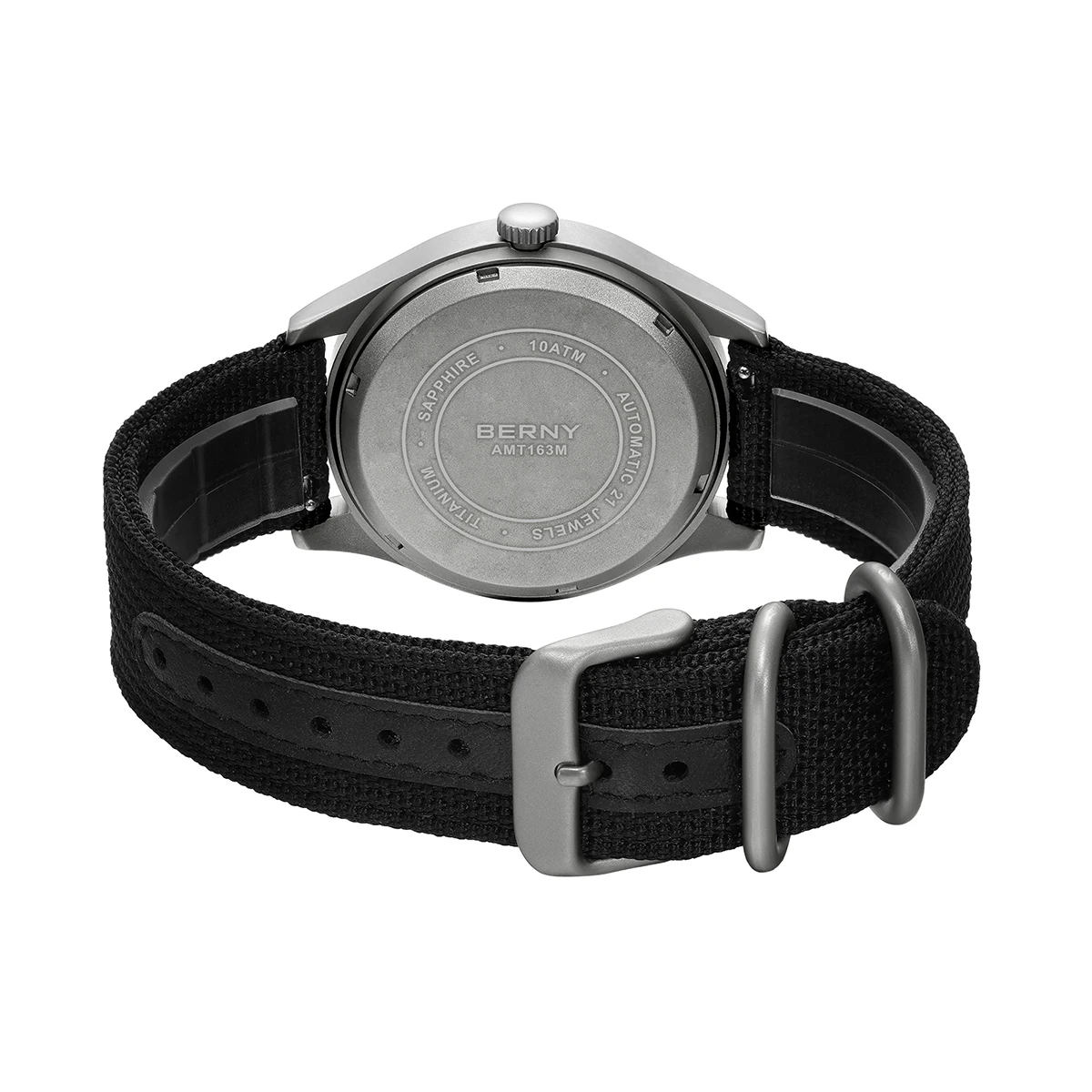
Beyond Telling Time: Computational Functions in Aviation Watches
Perhaps the most ingenious aspect of aviation watches is their evolution into wearable flight computers through the integration of specialized scales and bezels. The logarithmic slide rule bezel, introduced in the 1950s, transformed the watch from a simple timekeeper into a sophisticated calculation tool capable of determining fuel consumption, flight time, distance, and conversion between different measurement units.
These analog computers operated on principles of proportion and ratio. To calculate fuel consumption, a pilot would align the known fuel flow rate with the time marker, then read the total consumption directly from the scale. Similar calculations could determine ground speed based on distance and time, or convert between nautical miles, statute miles, and kilometers.
The E6B circular slide rule incorporated into many pilot watch bezels condensed the functionality of the larger handheld flight computers into a wearable format, providing critical backup calculation capability. While digital avionics have largely supplanted these mechanical calculators in modern cockpits, the enduring appeal of watches with computational bezels speaks to their elegant engineering and the self-sufficiency they offered pilots in an era before electronic aids.
From Mechanical to Digital: Modern Aviation Timekeeping (1980s-Present)
The digital revolution transformed cockpit instrumentation, integrating timing functions into comprehensive glass cockpit displays. Modern aircraft rely on highly accurate digital time systems, often synchronized via GPS to maintain precise coordination across global operations. These systems automatically adjust for time zone changes and provide multiple timing functions simultaneously through multi-function displays.
Despite this digital transformation in the cockpit, the wristwatch remains relevant in aviation—though its role has evolved. Modern pilot watches now serve primarily as backup instruments and personal tools, with traditional mechanical watches maintaining a strong presence alongside advanced quartz and connected timepieces. The redundancy provided by a wristwatch independent of aircraft power and avionics systems remains valuable, particularly in emergency situations.
The most significant development in modern aviation timekeeping is the integration of GPS technology, providing unprecedented accuracy and automatic synchronization. This technology has eliminated many of the navigation calculations previously performed with specialized watch bezels and scales, yet paradoxically has coincided with renewed interest in traditional mechanical pilot watches with their analog interfaces and historical connections.
Military Inspired Automatic Watches, Rugged Automatic Watches, Tactical Automatic Watches
Price range: $852.14 through $994.60 Select options This product has multiple variants. The options may be chosen on the product pageAutomatic Chronograph Watches, Chronograph Pilot Watches
Price range: $233.36 through $237.58 Select options This product has multiple variants. The options may be chosen on the product pageClassic Automatic Dress Watches, GMT Automatic Watches, GMT Pilot Watches
Price range: $1,240.86 through $1,463.33 Select options This product has multiple variants. The options may be chosen on the product pageBronze Automatic Watches, Military Inspired Automatic Watches, Professional Spec Dive Watches
Price range: $1,442.21 through $1,442.82 Select options This product has multiple variants. The options may be chosen on the product pageProfessional Spec Dive Watches, Titanium Automatic Watches
$574.74 Select options This product has multiple variants. The options may be chosen on the product pageClassic Pilot Watches, Military Inspired Automatic Watches
$561.00 Select options This product has multiple variants. The options may be chosen on the product page
Modern Aviation Watches: Heritage Meets High-Tech
Contemporary aviation watches balance traditional design language with modern materials and technology. Advanced manufacturing techniques have introduced lightweight yet durable materials like titanium, ceramic, and carbon fiber composites, reducing weight while maintaining or improving durability. These titanium automatic watches offer the perfect balance of comfort and resilience for extended wear in cockpit environments.
Modern anti-reflective sapphire crystals provide superior clarity and scratch resistance, while new luminous compounds like Super-LumiNova offer improved brightness and duration without the radioactive properties of their historical predecessors. Improved water resistance protects against the rapid pressure changes experienced during flight, and enhanced antimagnetic properties shield movements from interference from modern electronic equipment.
Some manufacturers have embraced hybrid approaches, combining traditional analog displays with digital functions like flight computers, GPS navigation, emergency locator beacons, and connectivity with aviation apps. These multi-function pieces represent the cutting edge of aviation timekeeping while maintaining connections to their historical predecessors through design elements like distinctive dial layouts and hands.
The Enduring Legacy and Appeal of Aviation Timepieces
The persistent popularity of aviation watches extends far beyond their practical utility in modern cockpits. These timepieces connect wearers to a rich heritage of adventure, technological innovation, and human achievement. Each design element—from the high-contrast numerals to the oversized crown—tells a story of function-driven design responding to the unique challenges of flight.
Aviation watches have influenced broader watchmaking trends, with their emphasis on legibility, robustness, and practical functionality setting standards that extend across sports watch categories. The distinctive aesthetic vocabulary established by early pilot watches—large cases, bold numerals, high-contrast dials—has become an enduring design language that resonates even with those who may never enter a cockpit.
For pilots, these watches represent a tangible connection to aviation tradition and the generations of aviators who relied on similar instruments. For enthusiasts and collectors, they embody the romance of flight and the precision engineering that makes it possible. This dual identity as both functional tools and cultural artifacts ensures that aviation timepieces remain compelling even as their original practical necessity has diminished.
Are Mechanical Aviation Timepieces Still Relevant in Modern Cockpits?
While digital systems have supplanted mechanical instruments as primary timing references in modern aircraft, traditional timepieces retain an important role as backup systems. Unlike electronic displays, mechanical watches operate independently of aircraft electrical systems, providing reliable timekeeping even during electrical failures or complete avionics shutdowns. This independence from aircraft systems makes them valuable redundant timing tools.
Professional pilots often cite the value of having a wristwatch as a personal backup that stays with them rather than with the aircraft. During aircraft changes, when moving through airports, or during preflight preparations, this consistent timing reference remains accessible. Military pilots in particular maintain the tradition of reliable mechanical watches as part of their essential equipment.
The aviation industry’s culture of redundancy and backup systems supports the continued relevance of independent timing instruments. While no longer primary navigation tools, these watches fulfill the “two is one, one is none” philosophy that permeates safety-critical aviation operations, ensuring that time awareness—fundamental to all flight operations—is never completely dependent on a single system.
How Did Specialized Aviation Watches Influence Mainstream Watchmaking?
The design language pioneered in aviation timepieces has profoundly influenced the broader watch industry. The emphasis on legibility through high-contrast dials, luminous markings, and uncluttered layouts has become standard across sports watch categories. The robustness engineered for aviation conditions established durability benchmarks that consumers now expect from quality timepieces.
Specific features that originated in pilot watches have crossed over into everyday wear: the rotating bezel concept developed for flight calculations evolved into the ubiquitous dive watch timing bezel; the oversized case dimensions initially needed for cockpit legibility helped shift men’s watch sizes from the smaller vintage standards to contemporary proportions; and the GMT function, created for pilots crossing time zones, is now a common complication in travel watches for all purposes.
Perhaps most significantly, the functional aesthetic of pilot watches—where form strictly follows function—has become a design philosophy embraced across watchmaking. The notion that beauty emerges from purposeful design rather than mere decoration resonates with modern consumers who appreciate engineering integrity in the products they choose.
What Makes Collecting Vintage Aviation Timepieces So Compelling?
Vintage aviation timepieces offer collectors a tangible connection to pivotal moments in both horological and aeronautical history. Each watch tells a story—not just of technical innovation but of human achievement and adventure. Military-issued pieces in particular carry the weight of history, having potentially accompanied pilots on missions that shaped the modern world.
The technical ingenuity displayed in these timepieces, created before computer-aided design and modern manufacturing techniques, showcases remarkable craftsmanship. Mechanical solutions to complex timing problems—from chronograph functions to navigation calculators—demonstrate a level of engineering creativity that continues to fascinate in our digital age.
For many collectors, these watches represent the perfect intersection of form and function—objects created with absolute purpose that achieved a kind of beauty through their single-minded focus on utility. Their continued functionality decades after manufacture testifies to the quality of their construction and the timelessness of their design.
As flying becomes increasingly automated and digital, these mechanical marvels preserve the connection to aviation’s more hands-on era, when pilots relied directly on their instruments and their skill rather than computer systems. This nostalgic link to the golden age of flight adds emotional resonance to the technical appreciation of these remarkable timepieces.


